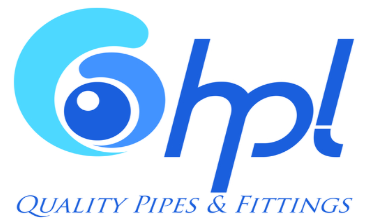(+230) 5941 7002
Email Address
info@hplpipes.mu
Office Address
Abbe Commerford Street, Curepipe
(+230) 5941 7002
info@hplpipes.mu
Abbe Commerford Street, Curepipe
Below are some of the frequently asked questions and answers in regards to our products. If you need more product information, or would like to speak to a specialist, please refer to our contact details
PVC pipes are done in different colors: For Mauritius market we use light grey for drainage pipes and dark grey for Pressure pipes for water supply and white color for conduits and yellow for electrical ducts and Terracotta color for sewerage applications. Colors can be customized as per client specifications and requirements and can be made in any customs color required.
Markings will depend on the application for which it is used and can also be customized as per customers' requirements.
PVC pipes should not be used in temperature zones. PVC Pipes are not made to withstand temperatures above 25 deg. In Fact Pipes made of other materials are recommended for same as CPVC and HTA and others.
PVC can be exposed to sun but will fade in color after some time of continuous exposure.
Visible line on fittings is because at time of injection the Molds are not well closed and the line is formed. But for non-pressure applications it will not a problem. For pressure applications it can cause a problem.
Life expectancy of PVC pipes again depends on its application. If used for toxic materials, then the lifetime might be shorter. If used for drain water it can last for over 10 to 15 years depending on its exposure.
Leaking joint can be repaired by applying glue or just adding a socket.
Polyethylene is the best recommended product for water supply. In fact, this is widely used by water Authorities over the world.
PE pipes and fittings are safe for potable water supply.

Hardwares Point Ltd (HPL) is a private company incorporated in Mauritius in January 2007. Since then the company was dealing in aluminum profiles, pipes and fittings and various home decoration pro.
Copyright 2025 © All Right Reserved Design by Coding Root LTD